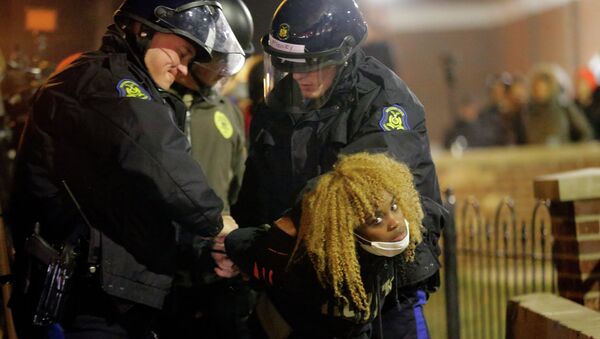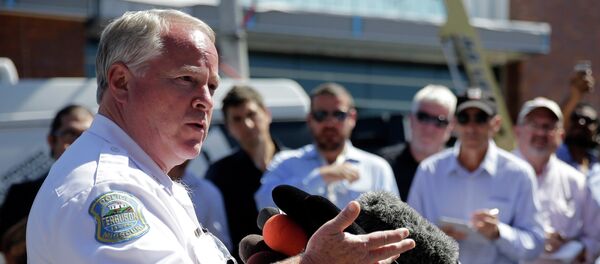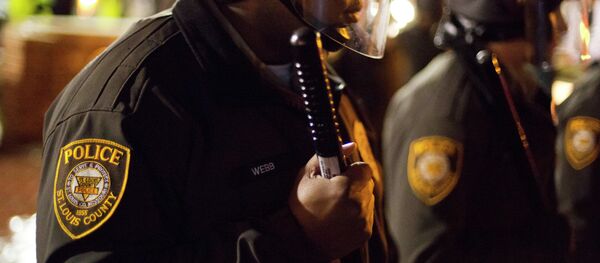Lacy added that in the few months after the protests in Ferguson there had not been much use of tear gas by the police.
"But there was a protest of the police department in the city of St. Louis where they did pepper spray people, and they specifically went after activists they recognized," she asserted.
The activist also claimed that the changes that Ferguson had made over the year were not significant.
"Most of the changes have been rather token. For example, people were demanding community control of the police. So we got civilian oversight board that has no power to do anything, it has no subpoena power. So, most of the reforms have been really minor," Lacy said.
On August 9, 2014, Darren Wilson, a white police officer, shot dead unarmed 18-year-old Michael Brown in the St. Louis suburb of Ferguson.
The incident set off mass protests across the United States and launched a national debate about racial inequality and police violence in the African-American communities throughout the country.
On March 3 and July 31, 2015 the Department of Justice released reports documenting racial bias by the Ferguson, Missouri police department and the St. Louis Family Court.
The DOJ conducted an extensive investigation into Ferguson’s law enforcement practices following the police killing of an unarmed teenager Michael Brown in 2014.
The 100-page DOJ report revealed that the Ferguson Police Department and municipal court intentionally racially profile African-Americans and violate their Constitutionally-protected rights.
Following the release of the report, DOJ announced it would work with the Ferguson authorities to reform the law enforcement practices in the city and in surrounding municipalities.




